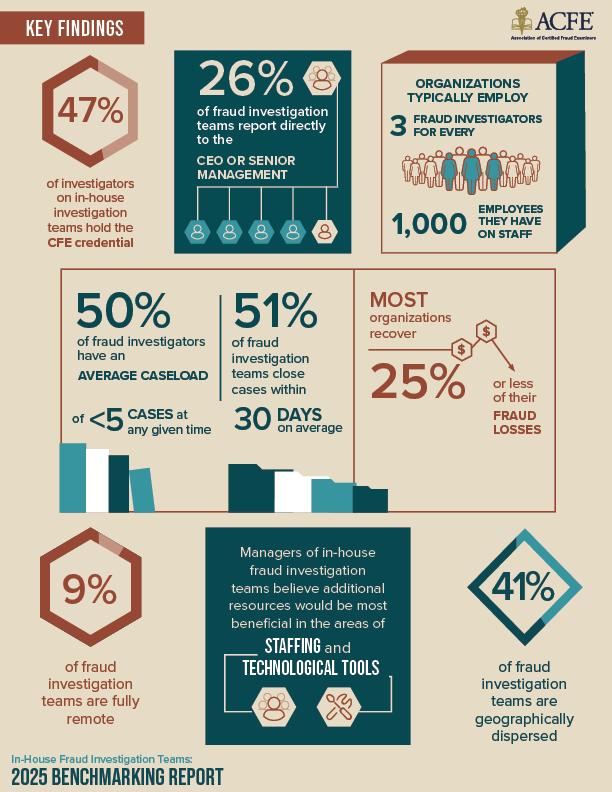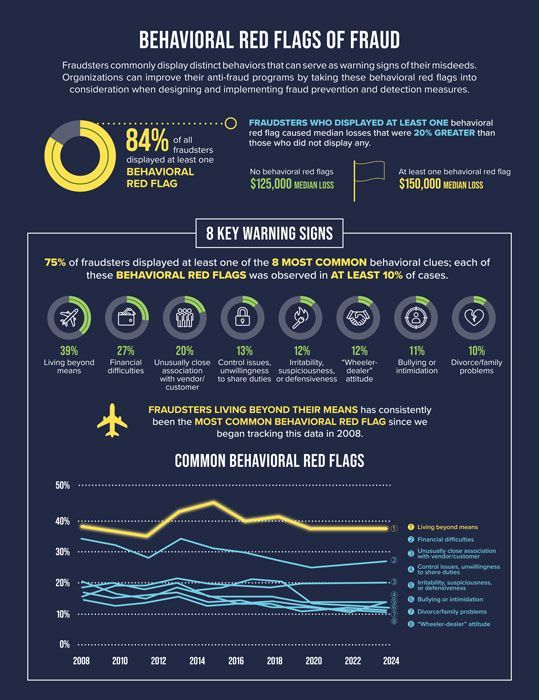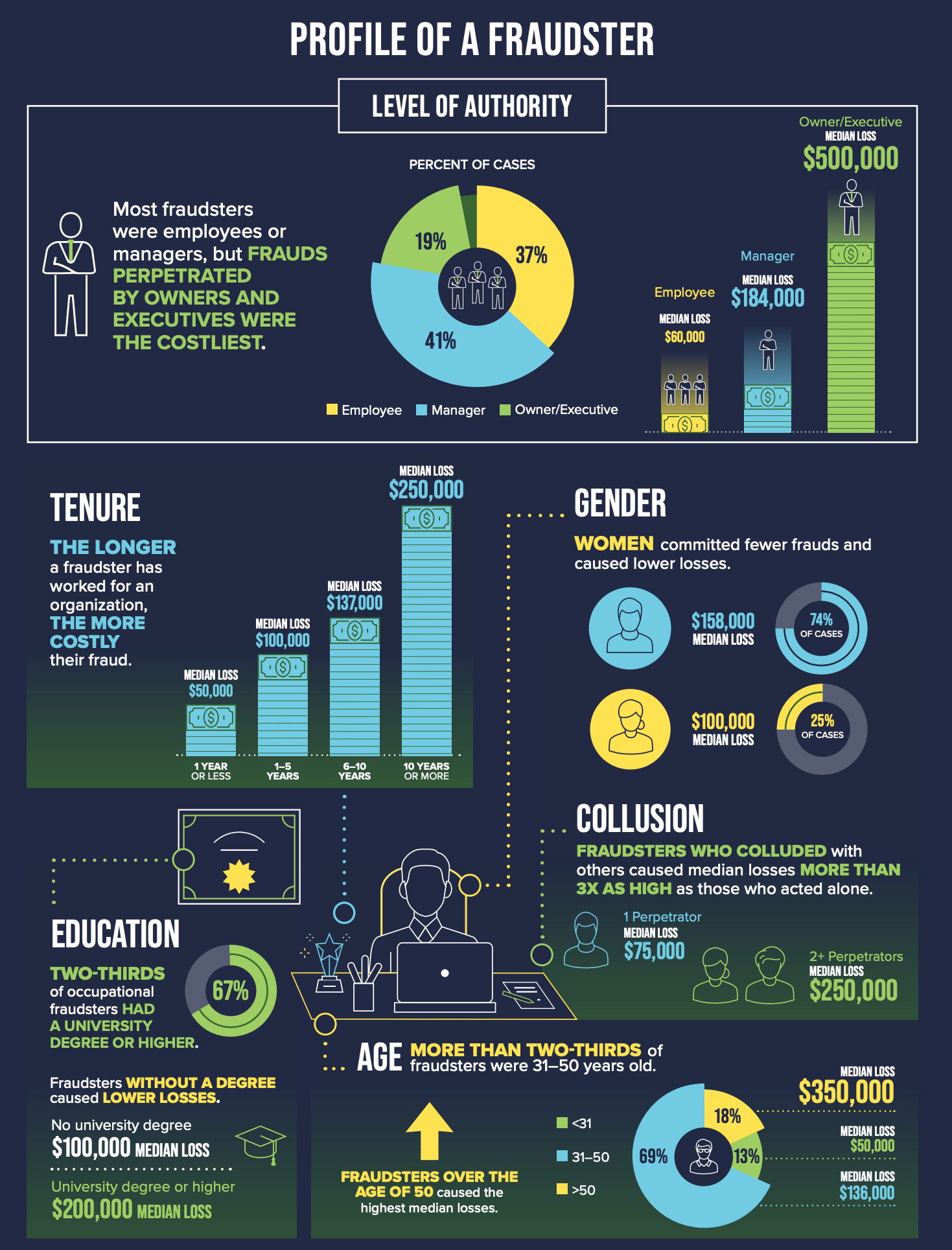The Impact of Fraud on Nonprofit Organizations
Understanding Fraud in Nonprofit Organizations
Fraud in nonprofit organizations is a pervasive issue that can undermine the very mission these entities strive to achieve. At its core, fraud involves intentional deception for personal or financial gain, and in the nonprofit sector, it can manifest in various forms. Common types of fraud include embezzlement, where funds are siphoned off by employees or volunteers; financial misrepresentation, such as falsifying financial statements to hide discrepancies; and donor scams, where fraudulent actors pose as representatives of the nonprofit to solicit donations.
Nonprofits are particularly vulnerable to fraud for several reasons. First, many operate on tight budgets, which can lead to limited resources for robust internal controls. Second, the reliance on volunteers, who may not always have professional training in financial management, can create gaps in oversight. Third, the inherent trust placed in employees and volunteers, coupled with the altruistic nature of the work, can sometimes lead to a lack of skepticism or scrutiny. These factors, combined with the high stakes of managing donor funds and grants, make nonprofits a prime target for fraudulent activities.
Fraud in this sector is not just a financial issue; it’s a betrayal of trust that can ripple through the organization, affecting its reputation, operations, and ability to fulfill its mission. Understanding the types and causes of fraud is the first step in addressing this critical challenge.
The Financial Consequences of Fraud
The financial toll of fraud on nonprofit organizations can be devastating. Unlike for-profit businesses, nonprofits often operate with limited financial reserves, meaning that any loss can have an outsized impact. When funds intended for charitable purposes are misappropriated, the organization’s ability to deliver programs and services is directly compromised. For example, a nonprofit providing meals to underserved communities may have to reduce its outreach due to missing funds.
Fraud also leads to increased operational costs. Organizations may need to hire forensic accounting experts, conduct internal investigations, or engage in legal battles to recover stolen funds. These expenses can quickly add up, diverting resources away from the nonprofit’s core mission. Additionally, nonprofits may face higher insurance premiums or the need to invest in more sophisticated financial controls to prevent future incidents.
The financial consequences extend beyond immediate losses. Fraud can disrupt funding streams, as donors and grantmakers may hesitate to support an organization with a history of financial mismanagement. This creates a vicious cycle where the nonprofit struggles to recover, further jeopardizing its sustainability.
Damage to Reputation and Donor Trust
Fraud doesn’t just drain a nonprofit’s finances—it can also irreparably harm its reputation. Nonprofits rely heavily on public trust to secure donations, attract volunteers, and build partnerships. When fraud occurs, it sends a message to stakeholders that the organization may not be a good steward of its resources. This erosion of trust can be difficult to rebuild.
Donors, in particular, are likely to feel betrayed when they learn that their contributions have been misused. This can lead to decreased donations, as individuals and organizations choose to support other causes they perceive as more trustworthy. Negative media coverage of fraud incidents can amplify the damage, spreading the story far beyond the nonprofit’s immediate community.
The reputational fallout can also affect relationships with corporate sponsors, government agencies, and other partners. These entities may distance themselves from the nonprofit to avoid being associated with scandal. In the long term, the loss of trust and credibility can hinder the organization’s ability to achieve its mission, as fewer resources are available to support its work.
Operational Disruption and Resource Drain
Fraud doesn’t just impact a nonprofit’s finances and reputation—it also disrupts its day-to-day operations. When fraud is discovered, the organization must divert significant time and resources to address the issue. This often involves conducting internal investigations, cooperating with law enforcement, and implementing corrective measures. These activities can strain staff and volunteers, who may already be stretched thin.
The operational disruption extends beyond the immediate aftermath of fraud. Staff morale can suffer, particularly if the perpetrator was a trusted colleague. Volunteers may feel disillusioned, leading to higher turnover rates. Additionally, the organization may need to pause or scale back programs while it addresses the fallout, further impacting the communities it serves.
Fraud also creates a resource drain, as nonprofits must allocate funds to prevent future incidents. This might include investing in new accounting software, hiring compliance officers, or conducting regular audits. While these measures are necessary, they can divert resources from the nonprofit’s primary mission, creating a challenging balancing act for leadership.
Legal and Regulatory Implications
The legal consequences of fraud can be severe for nonprofit organizations. Depending on the nature and scale of the fraud, the organization may face lawsuits from donors, regulatory fines, or even criminal charges against individuals involved. These legal battles can be costly and time-consuming, further straining the nonprofit’s resources.
One of the most significant risks is the potential loss of tax-exempt status. Nonprofits are required to comply with strict regulations to maintain their tax-exempt designation, and fraud can jeopardize this status. Losing tax-exempt status not only increases the organization’s tax burden but also makes it less attractive to donors, who can no longer claim tax deductions for their contributions.
To mitigate these risks, nonprofits must prioritize compliance with financial regulations and reporting requirements. This includes maintaining accurate records, conducting regular audits, and ensuring transparency in financial dealings. Proactive compliance can help organizations avoid legal pitfalls and maintain the trust of stakeholders.
Preventing Fraud in Nonprofit Organizations
Preventing fraud requires a proactive approach that combines robust internal controls, staff training, and a culture of transparency. Here are some actionable strategies nonprofits can implement:
Establish Internal Controls: Segregate financial duties to ensure no single individual has control over all aspects of a transaction. For example, one person should handle payments while another reconciles bank statements.
Conduct Regular Audits: Regular financial audits, whether internal or external, can help identify discrepancies early and deter potential fraudsters.
Implement Whistleblower Policies: Encourage staff and volunteers to report suspicious activities without fear of retaliation.
Train Staff and Volunteers: Provide training on recognizing and preventing fraud, emphasizing the importance of ethical behavior.
Foster a Culture of Transparency: Regularly share financial reports with stakeholders and maintain open communication about the organization’s financial health.
By taking these steps, nonprofits can create an environment where fraud is less likely to occur and more likely to be detected quickly.
Leveraging Technology for Fraud Prevention
Technology can be a powerful ally in the fight against fraud. Nonprofits can use accounting software to automate financial processes, reducing the risk of human error and making it easier to detect anomalies. Fraud detection tools, such as data analytics software, can identify unusual patterns in financial transactions that may indicate fraudulent activity.
Cloud-based systems offer additional security by providing real-time access to financial data and creating an audit trail that is difficult to tamper with. Nonprofits can also use donor management software to track contributions and ensure funds are allocated appropriately. By leveraging technology, organizations can enhance their financial oversight and reduce the risk of fraud.
Case Studies: Lessons Learned from Fraud Incidents
Real-world examples of fraud in nonprofit organizations highlight the importance of vigilance and proactive measures. For instance, a small nonprofit in the Midwest discovered that its treasurer had embezzled over $100,000 over several years. The organization had to suspend its programs temporarily while it recovered financially. This incident underscored the need for regular audits and segregation of financial duties.
Another case involved a large international nonprofit that faced donor backlash after a financial misrepresentation scandal. The organization implemented stricter financial controls and launched a transparency campaign to rebuild trust. These examples demonstrate that while fraud can have severe consequences, it also offers an opportunity for organizations to learn and improve.
The Role of Leadership in Combating Fraud
Leadership plays a critical role in preventing and addressing fraud. Nonprofit leaders set the tone for the organization’s ethical standards and accountability. By prioritizing risk management and fostering a culture of integrity, leaders can create an environment where fraud is less likely to occur.
Leaders should also ensure that the organization has the necessary resources to implement fraud prevention measures, such as hiring qualified financial staff and investing in technology. Regularly reviewing financial policies and procedures can help identify vulnerabilities and address them proactively.
Building Donor Confidence Post-Fraud
Rebuilding donor trust after a fraud incident requires transparency and accountability. Nonprofits should communicate openly about what happened, what steps are being taken to address the issue, and how they plan to prevent future incidents. This might include publishing detailed financial reports, hosting town hall meetings, or issuing public statements.
Taking corrective actions, such as implementing new financial controls or hiring independent auditors, can also demonstrate a commitment to accountability. Highlighting these measures in donor communications can help reassure stakeholders that the organization is taking the issue seriously.
Conclusion: The Long-Term Impact of Fraud on Nonprofits
Fraud can have far-reaching consequences for nonprofit organizations, affecting their finances, reputation, operations, and ability to achieve their mission. However, by understanding the risks, implementing proactive measures, and fostering a culture of transparency, nonprofits can protect themselves and the communities they serve.
Contact Turning Numbers Forensic Accounting to discuss your case today.




